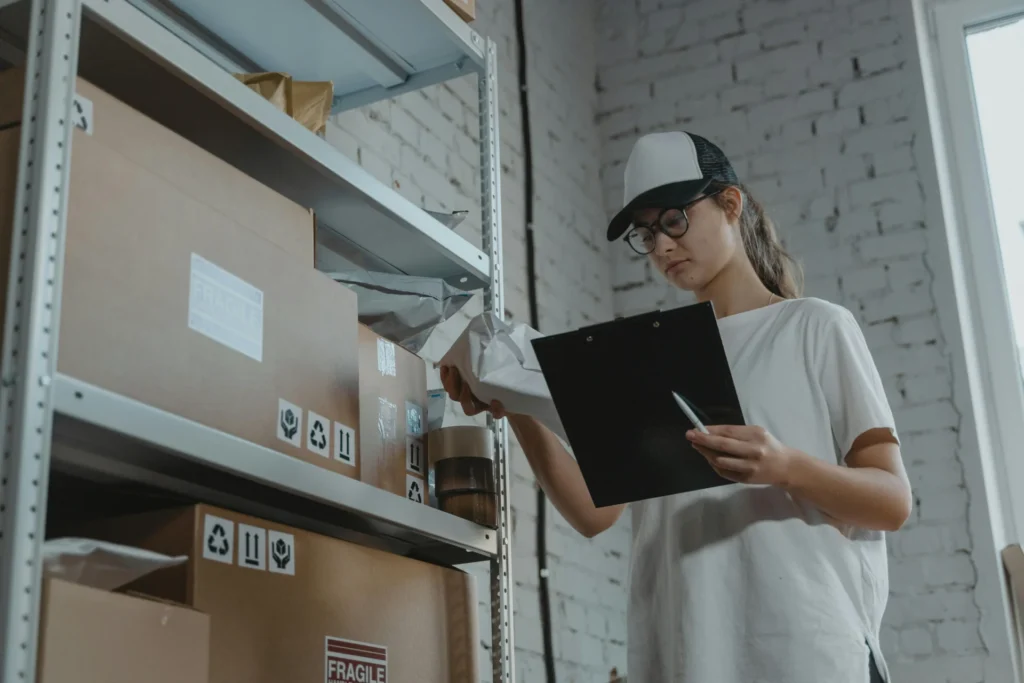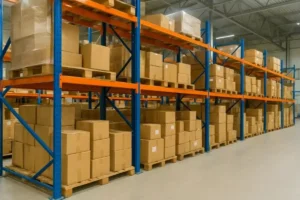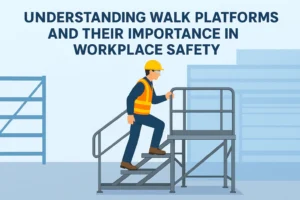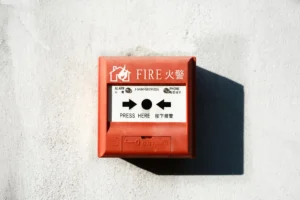Disclaimer: This article is for informational purposes only and does not constitute legal, medical, or professional safety advice. Always consult qualified experts for guidance specific to your workplace.
Let’s be honest: workplace safety is probablyn’t the first thing most companies consider every morning. But in 2025, that needs to change. How we work has shifted, as have health, safety, and employee well-being expectations.
Today’s workforce wants more than just a paycheck. People want to feel safe, supported, and respected at work. And businesses that fail to create a strong health and safety plan could be left behind. This article will explain why a modern health and safety strategy matters, what it should cover, and how any business, big or small, can build one.
Workplace Safety Isn’t Just About Compliance Anymore
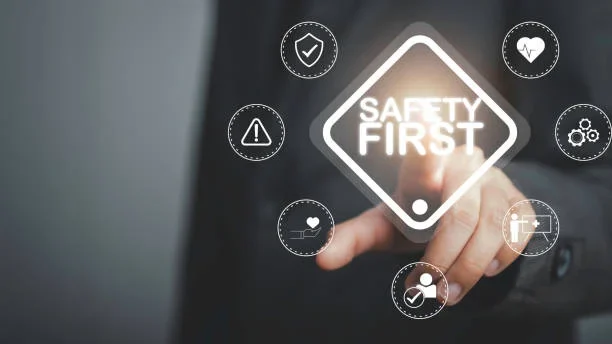
For years, many companies treated safety like a box to check. Follow the rules, post a few signs, and move on. That mindset doesn’t cut it anymore.
Today’s workplaces are more complex. Whether it’s a factory, a hospital, or a remote office setup, there are more risks than ever. From chemical exposure to mental burnout, safety now includes physical, environmental, and emotional factors. Employees want to see that their companies take safety seriously.
That’s where having trained professionals comes in. Many companies hire experts with a public health masters in industrial hygiene to help create data-driven safety plans that go beyond the basics. These professionals don’t just react to problems; they use science and real data to prevent them in the first place.
When a company takes the time to understand its unique risks, it can build more innovative strategies. Instead of simply avoiding fines, it starts protecting people in meaningful ways. That shift in mindset can improve performance, reduce turnover, and even boost the company’s reputation.
What Employees Expect Has Changed
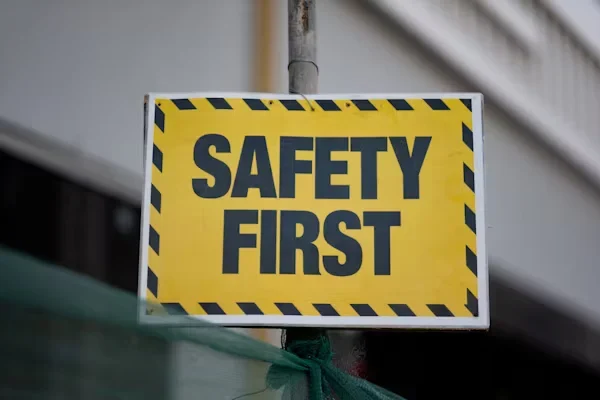
Today’s employees are more informed than ever. They know their rights and pay attention to how companies treat their staff. That means health and safety aren’t just internal concerns; they’re part of how a business presents itself to the world.
Whether people work on-site or from home, they still want to feel protected. For remote workers, that might mean better ergonomics or mental health support. It might also involve air quality and protective equipment in warehouses or clinics.
Employees talk. They leave reviews, share experiences, and tell others whether they feel safe and respected at work. If a company doesn’t meet its expectations, it won’t take long for others to find out. Prioritizing safety helps build trust, which is the foundation of a strong, reliable team.
Legal and Financial Risks Are Too Big to Ignore

Workplace accidents hurt people and businesses. One injury could lead to legal trouble, fines, or rising insurance costs. Even minor issues, such as a poorly set-up workstation or a slippery floor, can become significant expenses if not handled appropriately.
Regulations are also getting stricter in 2025. Agencies like OSHA are focusing more on proactive prevention. That means businesses that wait until something goes wrong might face larger penalties.
But the good news is that many of these risks are avoidable. With a bright safety plan, companies can catch problems before they happen. That saves money, time, and stress. It also shows that a business is responsible and forward-thinking.
A Safety Plan Helps Build Company Culture
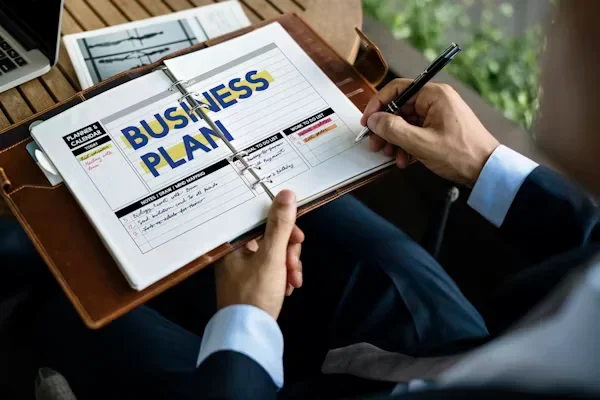
They don’t have to feel like rules imposed from the top. When done right, they become part of the company culture.
Employees who feel safe tend to be more engaged and productive. They’re more likely to speak up, offer ideas, and support one another. A safety-first mindset can encourage better communication and teamwork across the board.
Leaders play a significant role in this. When managers openly support these initiatives, it sets a tone for everyone else. It tells people, “We care about you, not just what you produce.”
Having a clear, visible strategy also helps people know what to expect. Whether it’s new-hire training or regular safety drills, these efforts build habits that improve overall performance and reduce workplace stress.
It’s Easier to Build a Strategy Than Most Think
| Step | Action | Why It Matters |
|---|---|---|
| 1. Start Small | Focus on progress, not perfection. | Makes the process less overwhelming and more achievable. |
| 2. Conduct Risk Assessments | Let them report issues, suggest ideas, and join safety teams. | Reveals hidden risks and builds awareness. |
| 3. Provide Basic Training | Cover lifting techniques, emergency exits, fire drills, and ergonomic setups. | Reduces everyday risks through practical knowledge. |
| 4. Do Regular Safety Checks | Perform monthly walk-throughs, inspections, and safety meetings. | Builds long-term safety habits and tracks improvements. |
| 5. Involve Employees | Let them report issues, suggest ideas, join safety teams. | Increases buy-in and surfaces frontline insights. |
| 6. Bring in Experts (if needed) | Use consultants or health professionals for complex environments. | Expert guidance for high-risk industries. |
| 7. Review & Plan Continuously | Let them report issues, suggest ideas, and join safety teams. | Keeps the safety strategy relevant and effective over time. |
Some companies avoid creating a formal safety plan because it feels overwhelming. But it doesn’t have to be. The key is to start small and build from there. You don’t need perfection, you need progress.
Begin with a simple risk assessment. Walk through the work environment and look for obvious hazards. Ask employees for feedback; they often know about risks that aren’t obvious to management or supervisors.
Next, provide basic training. This doesn’t need to be fancy. Even short sessions about lifting techniques, emergency exits, fire drills, or workstation setups can significantly reduce risks.
Regular safety checks help, too. These include monthly walk-throughs, equipment inspections, or short team meetings focused on safety topics. Keep records of what you find and what actions you take. Over time, these simple steps create a strong safety habit.
Remember to involve employees. When staff members are part of the process, they’re more likely to take it seriously and follow through. Let them suggest ideas, report issues, and, if possible, join safety committees. Their input can be incredibly valuable.
Consider working with external experts for more complex environments, such as labs, construction sites, or manufacturing plants. Consultants and health professionals can help you build a strategy that fits your space and your company’s goals.
Every company needs this strategy by 2025. This isn’t just about avoiding fines or checking boxes; it’s about creating a workplace where people feel secure, respected, and valued. Every business should care about this.






